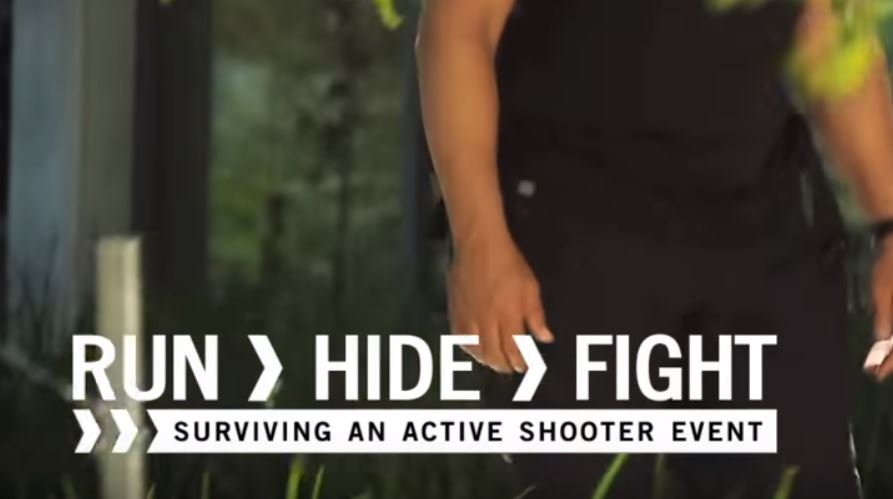Lipscomb wants to get ahead of the curve by preparing students and faculty in advance for emergency scenarios.
School shootings are happening at an alarming, weekly rate in the United States. While Lipscomb may not be able to avoid an active shooter situation, but it is trying to do everything it can to prevent the situation, as well as to ensure its students and staff are safe and equipped.
“We aren’t hopeful that something will happen,” Lipscomb’s Assistant Vice President of Risk Management Kathy Hargis said. “[But] yet, we want to be prepared, just in case that it does.”
Hargis trains faculty and staff to hold to a three-step rule in active shooter situations: Flee, hide, and fight.
First, students should flee the compromised area, if possible.
Second, if they are unable to safely leave the premises, students should hide where they are after turning off surrounding lights and locking nearby doors.
The third step is a personal option, according to Hargis. If students are approached by the shooter, students are encouraged to defend themselves by using any surrounding objects as a defense or a distraction.
The Bison Alert text messaging system is the emergency communication system through which Lipscomb students receive notifications . In the event of an emergency situation, Hargis believes students will receive the text warning of a shooter, including the shooter’s location on campus.
Hargis realizes that students may be frightened, due to the amount of shootings happening lately in the country, but she encourages students to recognize recent shooting facts.
“It’s really a small percentage on college campuses of active shooters, when you look at all the schools,” Hargis said. “The likelihood of it happening is still small.”
Still, Hargis realizes the tragic impact shootings have on every affected life. To help avoid these scenarios, students should do their best to keep personal safety and protocol in mind.
“There’s so much more people can do to be prepared to survive an active shooter situation,” Hargis said. “If you just get a little bit of training, it can really, really go a long way.”
Hargis hopes students will keep the three-step process tucked away in case of a possible emergency at some point in their lives.
“You’re not going to live your whole life here on campus,” Hargis said. “You’re going to be out and about…[the three steps] are hopefully lessons that you can take with you when you leave our community and go on into your next chapter of your life.”
April Ezell, an associate instructor at Lipscomb, teaches a first aid class that focuses on emergency procedures, like memorizing maps of campus buildings to know where to exit in case of an emergency.
Ezell encourages students to put several simple awareness procedures into practice for safety in everyday life. For example, students going out to eat should take a glance around the restaurant upon entering, noting the layout and exits. In addition, Ezell encourages students not to travel by themselves when using ride-sharing apps, like Uber or Lyft.
“I always recommend that, when people go out, have a charger in your car,” Ezell said. “You could be in a situation where you’re going to need to be communicating with people, and you don’t want to be leaving your room at twenty percent on your battery.”
Ezell wants students to feel equipped, without being overly-worried about danger.
“Preparation doesn’t mean paranoia,” Ezell said. “What I’m trying to do with my classes is to prepare people…so you have a level of confidence.
“I’m not going to let this dictate my life and what I do, but I am prepared in case something happens.”
Students will have an opportunity to receive further shooting prevention training the week after Thanksgiving. Jeff Dales, an FBI firearms instructor and SWAT team member, will give a presentation on active shooter preparation on Wednesday, November 28 from 5:30 P.M. to 7 P.M. The event will be held in Ezell 109 and will include free pizza.
Students can view a video example of the three-step process HERE.

